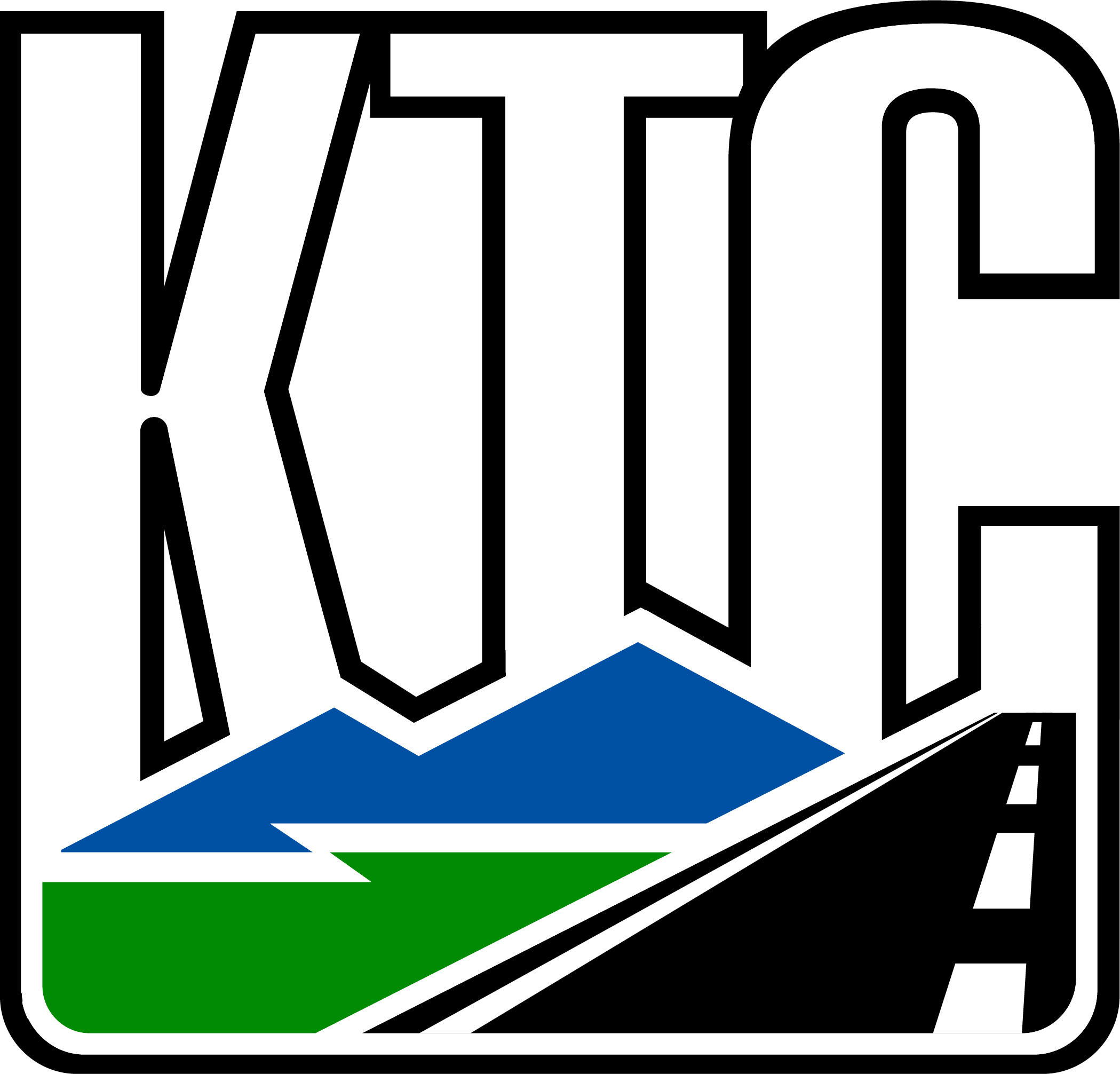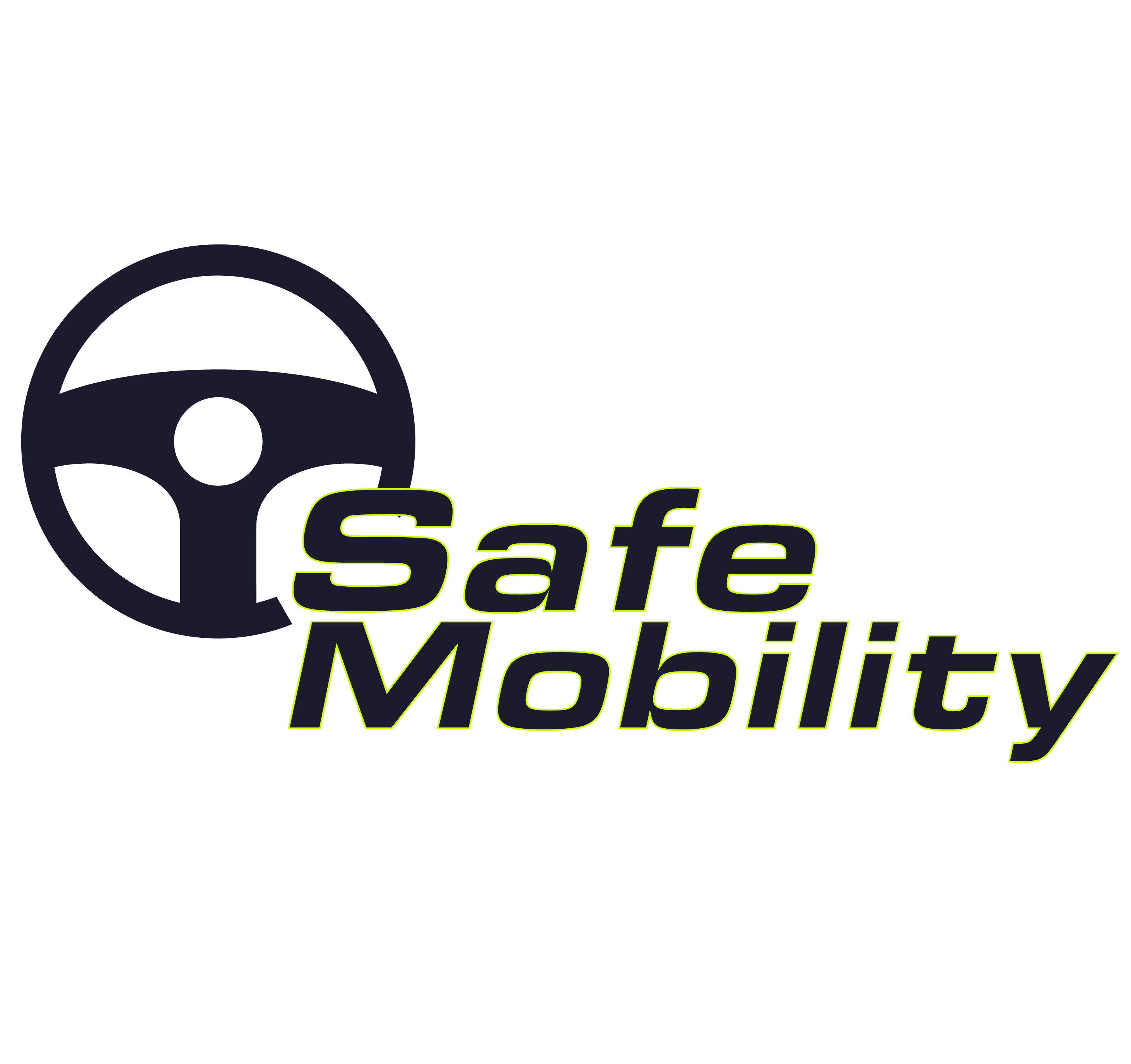- Many motorists remain unfamiliar with roundabouts and how they are supposed to navigate them. Installing signs that provide clear guidance on the direction of travel is imperative. For multilane roundabouts, signs need to contain guidance that motorists can use to quickly identify the correct path. Good signage increases the confidence of motorists, reducing the likelihood of erratic maneuvering and unexpected lane changes.
- Installing advance-destination guide signs on roundabout approaches helps motorists select a travel lane and determine where they should exit.
- Signs may include only texts and arrows or a full diagram of the roundabout. The latter signs are the better option if space is available because they illustrate the entire roundabout’s configuration. Combining diagrammatic signs with corresponding pavement markings further improves motorist navigation abilities. Table 30.3 describes use cases for different types of advance-destination signs.
| Table 30.3 Roundabout Advance-Destination Sign Use Cases | |
| Sign Type | Description |
| Signs with Text and Arrows Only |
|
| Diagrammatic Signs |
|
| Exit Guide Signs |
|
CONTACT:
Chris VanDyke
Research Scientist | Program Manager
chrisvandyke@uky.edu


